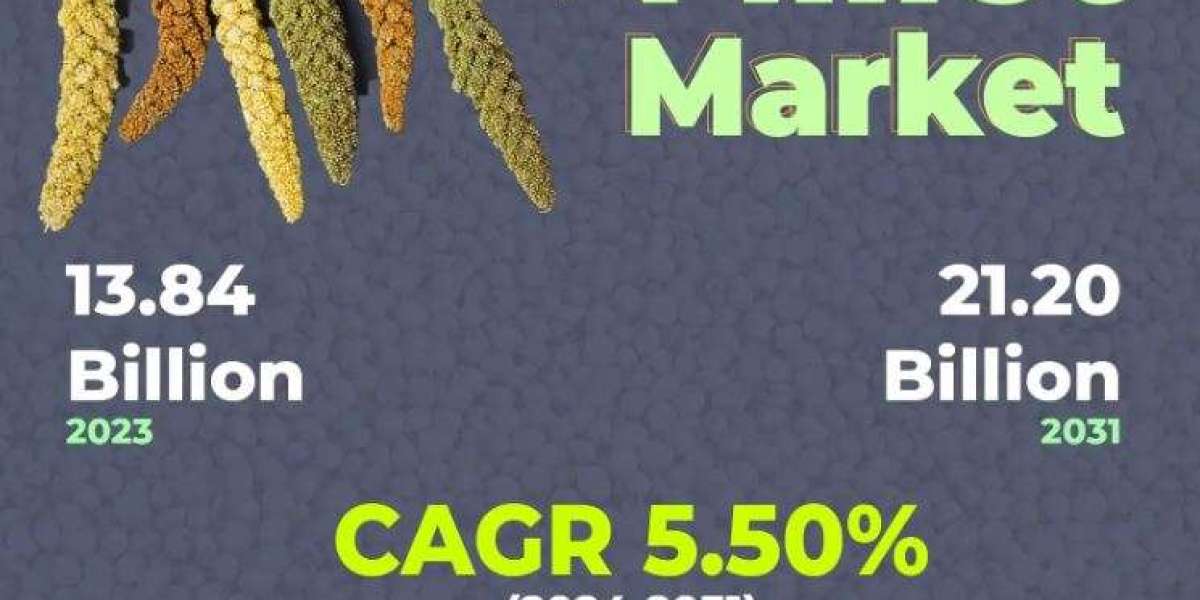The e-commerce landscape is evolving at a breathtaking pace. Traditional online store architectures—where the front-end (what customers see) and the back-end (where data and processes live) are tightly coupled—are increasingly being replaced by a more flexible, future-ready approach called headless commerce.
If you’re looking into e-commerce app development or upgrading your existing online store, understanding headless commerce is no longer optional. This article explains what headless commerce is, why it’s gaining traction, and how it ties into modern e-commerce development services, e-commerce website development, and e-commerce mobile websites.
What is Headless Commerce?
Headless commerce separates the front-end presentation layer (“the head”) from the back-end commerce functionality. In a traditional e-commerce setup, your product pages, checkout forms, and content all live in one platform. In headless commerce, the front-end can be built using any technology (like React, Vue.js, or Angular) while the back-end handles product data, order management, and customer information via APIs.
This decoupling allows brands to deliver unique, lightning-fast experiences across multiple touchpoints — websites, apps, voice assistants, IoT devices — without being constrained by a single platform.
How Headless Commerce Differs from Traditional E-Commerce
Traditional e-commerce website development often means working within the limitations of a platform’s built-in templates and functionality. While this approach is simple, it restricts creativity and scalability.
Headless commerce removes these barriers. The back-end system still handles the essential tasks (inventory, orders, customer data), but the front-end can be developed independently using modern frameworks or custom-built interfaces. This architecture makes it easier to create e-commerce mobile websites, web apps, and even immersive shopping experiences across channels — all pulling data from the same back-end via APIs.
Why Headless Commerce is the Future
1. Faster Performance & Better UX
Customers today expect seamless, app-like experiences on the web. Headless commerce allows developers to build lightweight, fast-loading front-ends that significantly improve user experience, boosting conversions and reducing bounce rates.
2. Omnichannel Consistency
With headless commerce, you’re not limited to a single website. You can power your e-commerce app development, mobile apps, kiosks, or even AR/VR experiences with the same data source. This ensures consistent branding and product information across all touchpoints.
3. Scalability
As your store grows, so do your technology needs. Headless commerce is inherently more scalable because it’s modular. You can upgrade or replace the front-end without disturbing your back-end operations, or vice versa.
4. Flexibility in Design & Features
Unlike traditional platforms, you’re not restricted to predefined themes or plug-ins. Your development team (or your e-commerce development services partner) can build unique features and designs tailored to your customers’ needs.
5. Better Integrations
Modern e-commerce businesses rely on multiple tools—CRM systems, ERPs, marketing automation platforms, and analytics dashboards. Headless commerce makes e-commerce integration far easier because APIs are at its core.
The Role of E-Commerce App Development in a Headless World
Headless commerce aligns perfectly with the rise of e-commerce app development. As consumers spend more time shopping on mobile apps than desktop browsers, brands need to ensure their apps deliver flawless performance.
By leveraging headless commerce, businesses can power their apps, mobile websites, and even progressive web apps (PWAs) from a single back-end. This reduces duplication of effort and ensures a consistent shopping experience everywhere.
If your business is considering launching or revamping an app, check out how Valueans provides industry-focused e-commerce app development services tailored for modern commerce.
E-Commerce Development Services for Headless Commerce
Not every company has the in-house expertise to build a headless commerce architecture. That’s where e-commerce development services come in. These specialized services help businesses design, develop, and integrate custom solutions for both the back-end and front-end.
An experienced partner can:
Build custom front-ends using React, Vue.js, or other frameworks.
Integrate APIs from your existing back-end systems.
Migrate data from traditional platforms to headless architectures.
Ensure your e-commerce mobile websites and apps are optimized for speed and SEO.
Handle ongoing e-commerce integration with CRMs, ERPs, and third-party tools.
Choosing the right development partner can drastically reduce time-to-market and future-proof your investment.
E-Commerce Website Development in a Headless Context
Building a headless e-commerce website development project involves a few key steps:
Selecting a Back-End Commerce Platform
This could be an open-source platform like Magento (Adobe Commerce) or a SaaS solution like Shopify Plus or BigCommerce. The key is ensuring it has strong API support.Developing a Front-End Experience
Your front-end could be a custom-built React site, a Next.js PWA, or any other technology your development team prefers.Implementing APIs for Integration
APIs connect the back-end to the front-end, as well as to third-party services like payment gateways, marketing automation tools, and shipping providers.Testing Across Channels
Before launch, ensure your front-end works seamlessly on all devices, including desktops, e-commerce mobile websites, and apps.Ongoing Maintenance and Optimization
Headless commerce allows for incremental updates without disrupting your store. This makes optimization easier and faster.
The Benefits of E-Commerce Mobile Websites with Headless Commerce
Mobile shopping is no longer a trend; it’s the standard. Consumers expect mobile websites to load instantly and function like apps. Traditional e-commerce architectures often struggle to deliver this performance.
Headless commerce allows developers to:
Use modern front-end frameworks optimized for speed.
Implement PWAs that behave like apps but run in browsers.
Push updates without affecting back-end systems.
Leverage shared APIs to keep content and inventory synchronized between mobile sites and apps.
For businesses, this means fewer abandoned carts, higher conversions, and a more engaged customer base.
E-Commerce Integration: The Glue of Headless Commerce
One of the strongest advantages of headless commerce is seamless e-commerce integration. Modern businesses rely on multiple tools—payment gateways, shipping solutions, inventory management, CRMs, ERPs, and marketing platforms. With a traditional e-commerce setup, integrating these tools can be clunky and resource-intensive.
Headless commerce simplifies this process by using APIs as the backbone of the system. Whether you’re adding a new payment option or syncing data with your ERP, integrations are faster and more reliable.
Partnering with the Right Web Development Team
Implementing headless commerce requires a blend of technical expertise, strategic planning, and creative design. If you’re looking for custom solutions beyond just e-commerce, explore Valueans’ custom web development services. Their team can help you design and build bespoke solutions that fit your business goals, whether it’s a new headless commerce site, an app, or a fully integrated digital ecosystem.
Conclusion: Preparing for the Future of E-Commerce Development
Headless commerce is more than just a buzzword — it’s a fundamental shift in how online stores are built and managed. By decoupling the front-end from the back-end, businesses gain flexibility, scalability, and speed to deliver cutting-edge customer experiences.
Whether you’re investing in e-commerce app development, e-commerce website development, or e-commerce mobile websites, adopting a headless approach can give you a competitive edge. Combined with strong e-commerce integration and the right e-commerce development services, your business will be well-prepared for the future of digital commerce.








